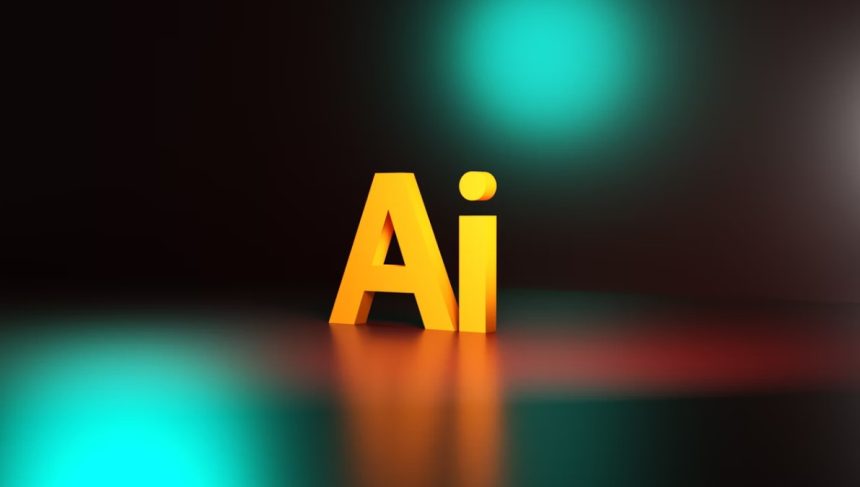Intelligence (AI) has led to significant breakthroughs across various fields, with object detection, tracking, and counting standing out as a prime beneficiary. By leveraging the capabilities of Vision AI and neural networks, this technology has the potential to revolutionize security, safety, and efficiency in diverse sectors. In this article, we’ll explore how AI is applied to object detection, tracking, and counting, thereby enhancing applications across various industries.
Object detection is the process of teaching AI models to recognize and locate specific objects within images or video frames.Object detection is one of the fundamental problems of computer vision.While this task might seem elementary for human observers, teaching AI models to perform it accurately and efficiently is a challenge.
Process
Data Collection and Preparation: Gathering a diverse dataset of images or video frames containing the objects that we want to detect is the first step. Each object in the dataset should be annotated with bounding boxes indicating its location in the image. This annotated data is used to train and evaluate the object detection model.
Model Training: Object detection AI models are designed to handle both the classification of objects and the localization of objects. Some well-known object detection architectures include R-CNN, YOLO (You Only Look Once), and SSD (Single Shot MultiBox Detector). These architectures combine feature extraction and prediction layers to simultaneously classify and locate objects.
Inference (testing or deployment): Once trained, the AI model can perform inference on new unseen images or video frames. It identifies objects and draws bounding boxes around them, specifying their locations.
Object tracking
Object tracking is the process of continuously following a specific object’s movement across consecutive frames in a video or image sequence. It involves identifying and keeping track of an object’s position over time. Different tracking algorithms, sometimes combined with object detection are utilized to ensure ongoing tracking and object recognition.These algorithms predict an object’s location based on its previous position and velocity, improving tracking accuracy even in noisy environments. Also when the Multiple Object Tracking (MOT) algorithm is used it can handle scenarios where multiple objects interact, cross paths, and occlude each other.
Object Counting
Object counting using AI involves using algorithms to automatically identify and count the number of objects in images or video frames. It uses machine learning models to detect objects, whether predefined or custom-trained. After detection, the system calculates and offers data on object numbers and positions.
Process
Frame Analysis: Each frame is analyzed for object detections, and a count is incremented for each occurrence.
Cumulative Counting: Detected objects are tracked across frames, ensuring that each object is counted only once.
Dynamic Thresholding: AI models can adjust detection thresholds based on object characteristics and scene conditions, improving count accuracy.
Advantages
- Versatility: AI algorithms are highly adaptable and can be trained for various tasks and specialized applications.
- Efficiency: AI algorithms that detect objects and count them enhance productivity, accuracy and provide detailed analytics for different processes like counting, inspection, and verification, making them more efficient.
- Time Savings: By enabling automatic identification of objects, people, and scenes, they save time previously spent on manual inspection or identification.
- Customization: Object detection and counting models can be tailored to meet specific requirements and scenarios.
- Scalability: They can be deployed at scale, offering consistent performance across diverse environments.
- Accuracy: Modern object detectors offer high accuracy in identifying and localizing objects.














